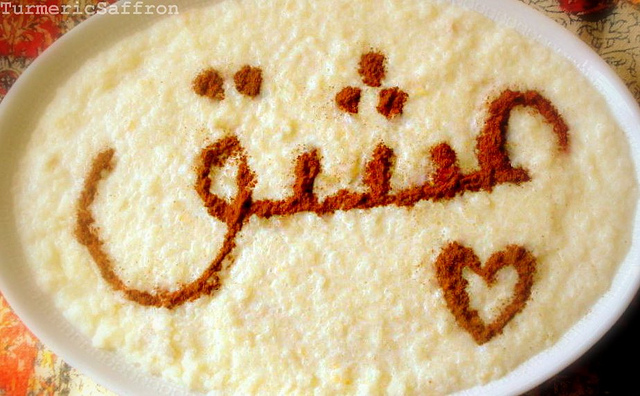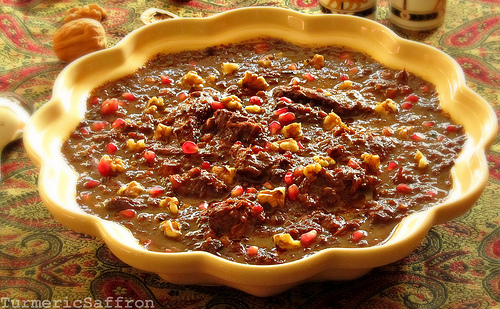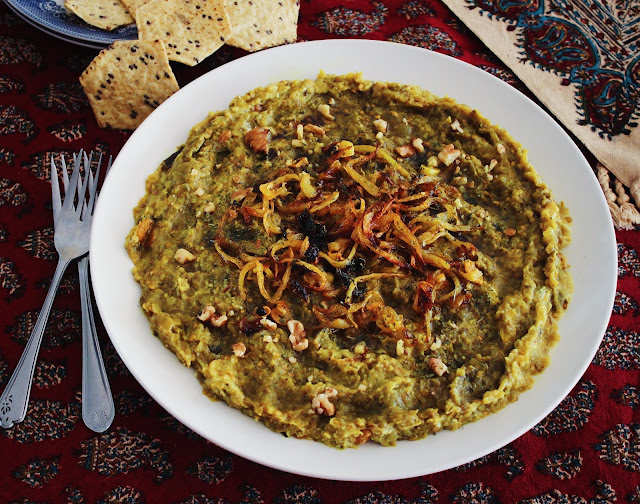Beets are an interesting root vegetable, they add so much color to your life! They color everything that they come in contact with including your hands and nails. I wonder if beets were used as make-up to color the cheeks and lips before modern times.
Cooked beetroot (choghondar) could be served sliced in salads, sliced or quartered with a dash of sugar, or mixed in with yogurt. The green part of it could also be used in the vegetable and been stew (ash). They add a delicious flavor to the stew, however, it is usually disposed of. That must be the reason behind the Iranian saying used when someone feels neglected, unappreciated or overlooked in decision-making situations: "Am I a beetroot leaf here?" (pas man inja barg-e choghondaram?) ماست و لبو/ بورانی لبو Mast o Laboo/ Borani Laboo is a simple yet delicious side dish.
Mast-o- Laboo/Borani Laboo - Persian Beet & Yogurt Dip
Ingredients:
Serves 4-6
3 small-size beets
2 cups plain thick yogurt
1 teaspoon sugar *optional
1 teaspoon sugar *optional
Garlic powder
Salt
Salt
- Place the beets in a pan, cover with water, cook over medium heat for about 30 minutes or until tender.
- Remove the pan from heat and set aside to cool.
- Peel, cut into small bite-size pieces or grate the beets using a food processor or a hand grater.
- Combine the yogurt, beets, and a dash of garlic powder, salt, and a pinch of sugar. a pic. Mix well. Refrigerate for a couple of hours.
Enjoy!





















